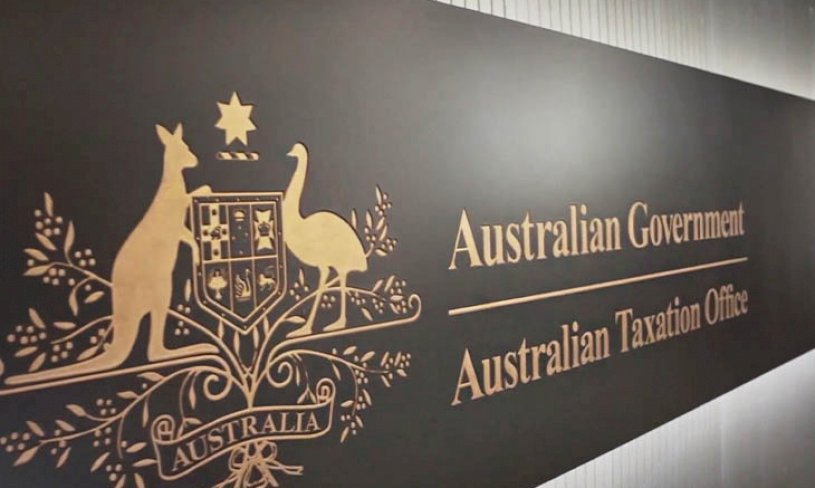The High Court has spoken. In its decision in Hill v Zuda Pty Ltd, it has given self-managed super fund trustees much-needed clarity around a binding death benefit nomination (BDBN). The debate over how long a BDBN can last has been put to bed – it is indefinite.
The Court’s ruling also gave trustees – and their advisers – greater clarity around reversionary pensions and established that a BDBN can override pension documentation. For trustees, this good news comes with one overriding message – the trust deed is paramount, and they need to ensure it is always up-to-date.
But before going into detail, a quick backgrounder on the High Court case is necessary. [Incidentally, legal minds were puzzled it took on this case considering previous state court decisions were in unanimity on this issue.] A married couple with an SMSF inserted a BDBN in their trust deed in December 2011 to the effect that when one died, the trustee (Zuda Pty Ltd) was to distribute the whole of the deceased member’s balance in the SMSF to the surviving member.
When the husband died in 2016, his biological child (Ms Hill) from another relationship challenged the BDBN on the basis that a notice binding a trustee on how to pay superannuation death benefits expires after three years, arguing that Regulation 6.17A of the Superannuation Industry (Supervision) Regulations 1994 applies to SMSFs. [This regulation stipulates how a super fund member can direct their fund trustee to handle their death benefit. It also says that a BDBN will expire three years after the day it was first signed.]
The High Court begged to differ with Hill, stating this regulation did not apply to an SMSF and dismissed the appeal.
The consequences flow far beyond abolishing the three-year time limit. It means a BDBN can make a pension reversionary mid-stream. It also means a BDBN can override pension documentation, and that has definite benefits for trustees.
Both pension issues have been a source of conflict for the industry for some time.
The ability to add or remove a reversionary beneficiary can often require a pension to be stopped and restarted. This involves some administration and cost and can also trigger unintended consequences. Issues have also arisen where the pension documents have instructions to be reversionary, yet a new BDBN says the benefits are to go to someone else.
This court decision provides clarity that a BDBN can be everlasting and that they can be the ultimate estate planning document, trumping instructions in the pension documents. This provides certainty and clarity on how a member’s benefits are to be dealt on their death. More importantly, the Hill v Zuda case highlights the importance of what your SMSF trust deed says. It is the ultimate law, setting out the rules on what the fund can and cannot do.
Although the court’s ruling has established the primacy of the BDBN, it does not give trustees carte blanche to do what they like with their superannuation death benefits, with the legislation still requiring these benefits to be paid in a prescribed way. In essence, this means it can be paid to your spouse or de facto spouse, any child of the deceased or a person who is dependent on the deceased at the time of their death (interdependency is defined as having a close personal relationship, living together, financial support and/or providing personal care).
For those who want to step outside this legislative stricture and leave their death benefits to someone else, there is an option. They can make their legal representative (executor) their beneficiary, allowing the super proceeds to be distributed according to their wishes via their will. You will need a valid BDBN in place to direct your super into your estate and your will needs to then direct what is to happen to your superannuation benefits. The person’s will alone will not be enough for this to work.
Do look before you leap. Directing your super in this way will mean that your superannuation will be caught up if there are any estate disputes.
Whatever decisions SMSF members decide to take regarding their death benefits, there are some important guidelines to follow:
- First, have your trust deed reviewed and, if required, updated. As the court ruling determined, the deed is all important.
- Second, ensure there is no conflict between a BDBN and pension reversion documentation. If there is, use a BDBN as the vehicle for dictating your wishes about your death benefits.
- Third, always ensure your documentation is up to date, and be prepared to make changes as personal circumstances change. When in doubt, seek professional legal advice. Remember, it’s too late after you have shuffled off this mortal coil.
Opinion piece written by John Maroney, CEO, SMSF Association.










